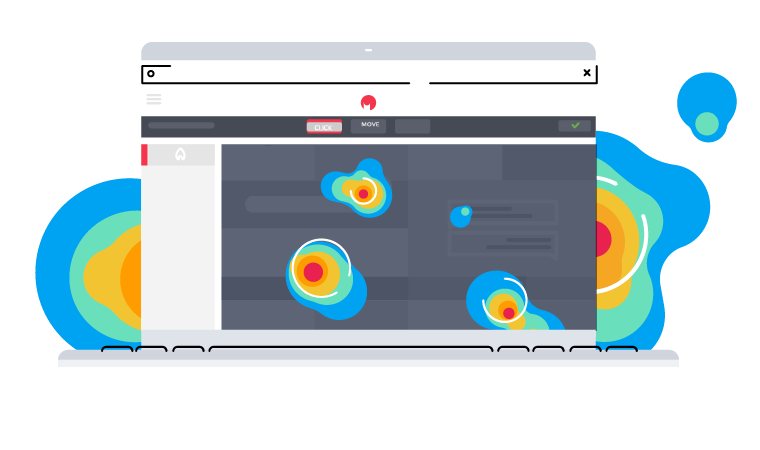A Guide to Writing Good Meta Tags
Wednesday, 19th October 2022

Your website helps you to reach customers, but SEO helps customers reach you. For good google rankings you need good meta tags.
In our CMS (content management system) you can update the meta titles and meta descriptions on your web pages, but what are these how do you write good meta tags?
What Are Meta Tags?
Meta tags are places where you can add information about your web page for search engines - it's not immediately visible on the page. There are two main meta tags, the meta title and the meta description.
Meta Title
The meta title is the number one most important internal ranking signal you can put on a web page. It's the part of the page that tells google what it's all about. The title tag is what appears in your browser tab at the top of your screen, and it is often used by google as the link to your web page in the search results.
In the source code of your website, the meta title looks like this:
<title>Your title tag keywords go here<title>
The title tag is intended to tell google what the page is all about. It should contain the keywords that you want to target on that web page (the words you want people to search for and find your web page) and motivate the user to go to the website.
Our Content Management System (CMS) automatically creates the meta title tag from the name of the web page, but you can override it. This is especially useful on the home page of a website, where the name of the page is "Home" but you want people to find the website looking for your business name and what you do. (It's a missed opportunity for websites to have "Home" as the meta title of the home page.)
For example, the title tag of our website is :
Web, Design & Digital Agency in Newcastle and Darlington: Edward Robertson.
which includes some key words about what we do, where we are, and our company name. This is set in the CMS, along with the meta description:

Meta Title Best Practice
- Every page on your website should have a unique title tag - duplicate title tags can be seen by search engines as an error and can negatively affect your visibility
- It should contain the important words you want this page to be found for
- It should match the way people search
- Ideally should be less than 60 characters
Meta Description
The meta description is often the source from which google pulls the text that's shown below your link in search engine results, so it can affect your click through rates.
In the source code of a web page, this is how it looks
meta name="description" content="A web, design & digital agency in Newcastle upon Tyne & Darlington, Edward Robertson plan, design, develop & support trusted tech solutions for websites, web apps and back-end systems. Get in touch today."
Keywords in the meta description are not a ranking signal, but they are important for getting visitors to click through to your website.
This is how our website home page appears in google, you can see the meta description is displayed below the link:

Notice that Google has 'helpfully' rewritten our title tag. Google routinely makes these kinds of adjustments to "provide a good user experience" for its site visitors. Google can also change the descriptive text, and can pull snippets of text from the content of your page.
Meta Description Best Practice
- Should be unique and describe this specific page
- It should contain the important words you want this page to be found for
- It should be one or two sentences, and be around 150 characters
- It should contain a call to action
We want your website to be a success - we design and build websites that are highly optimised for search engines, and with well-written meta title and meta titles you can gain an advantage over your competition.
If you'd like to talk to us about websites or search engine optimisation please get in touch.




